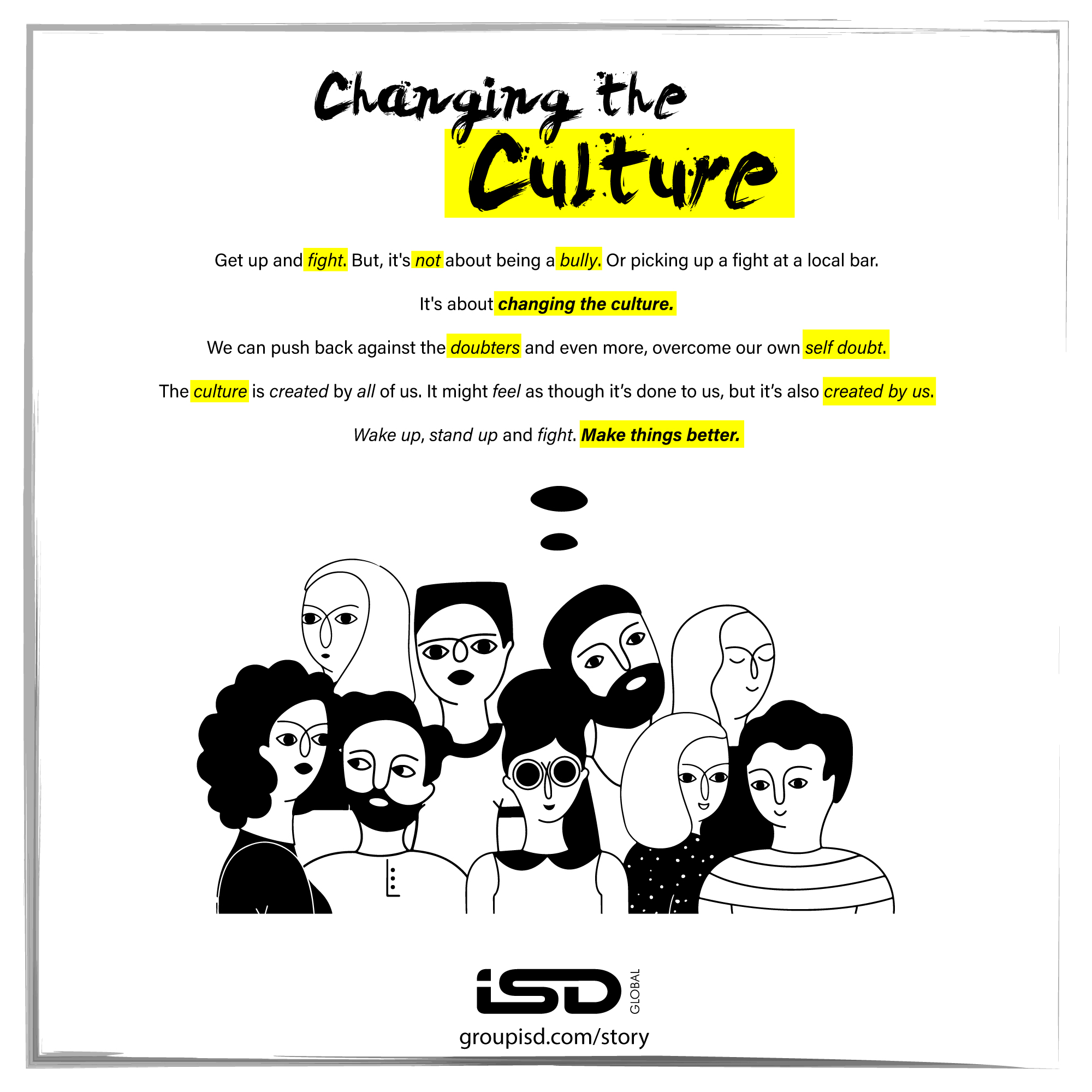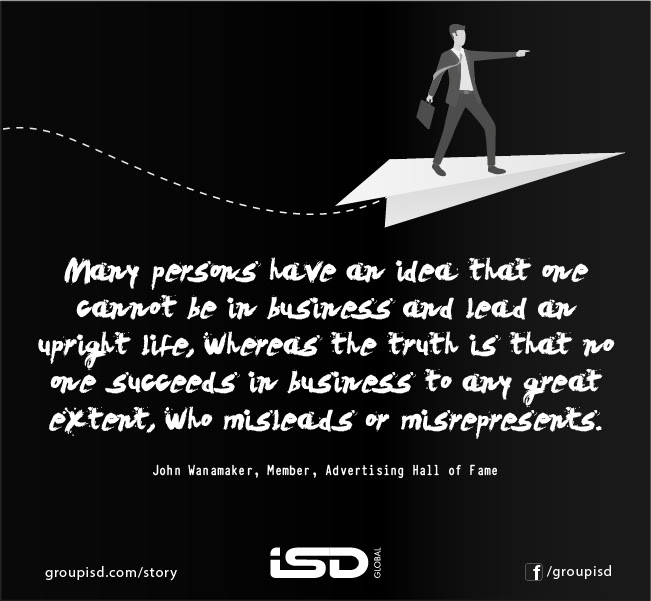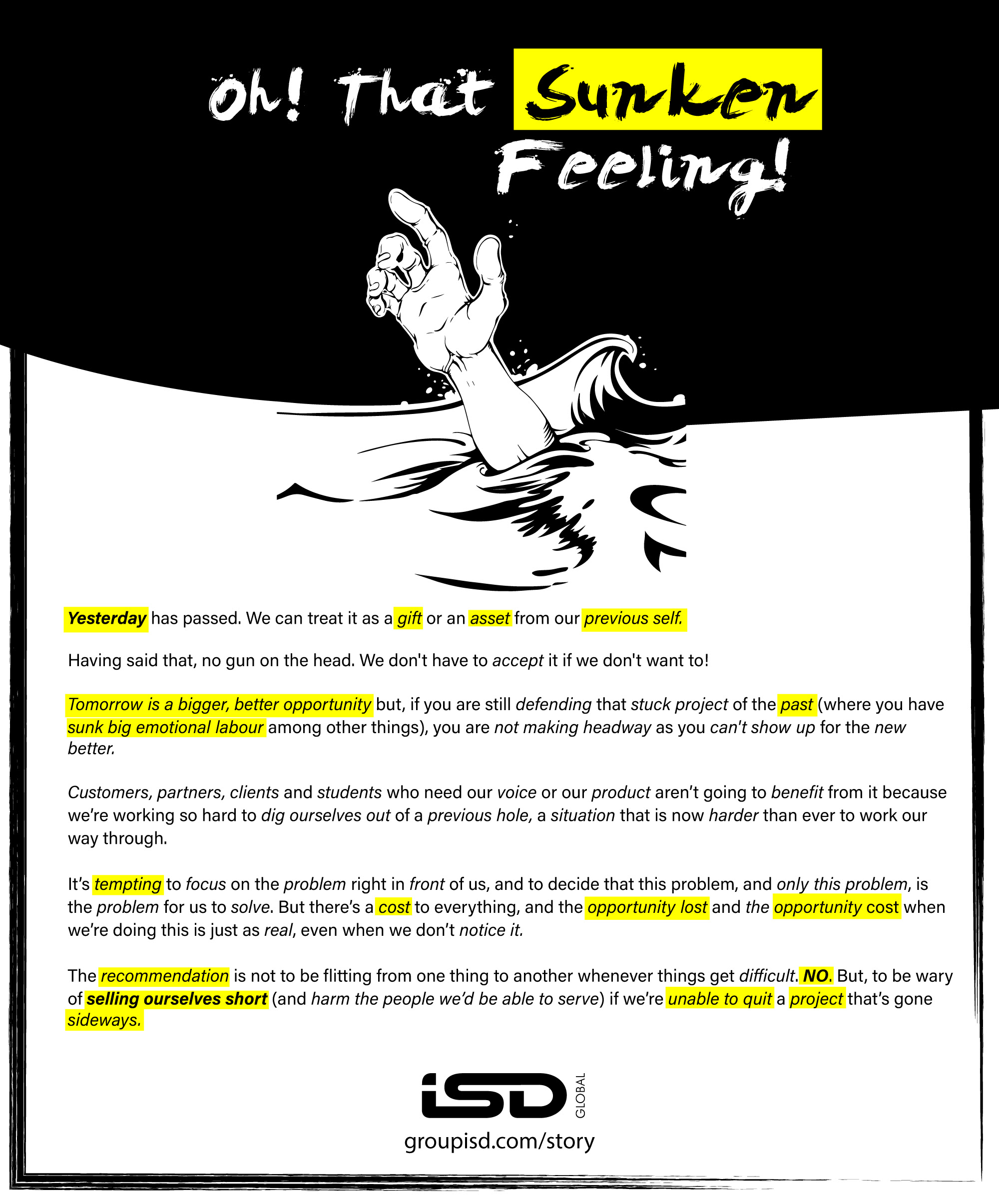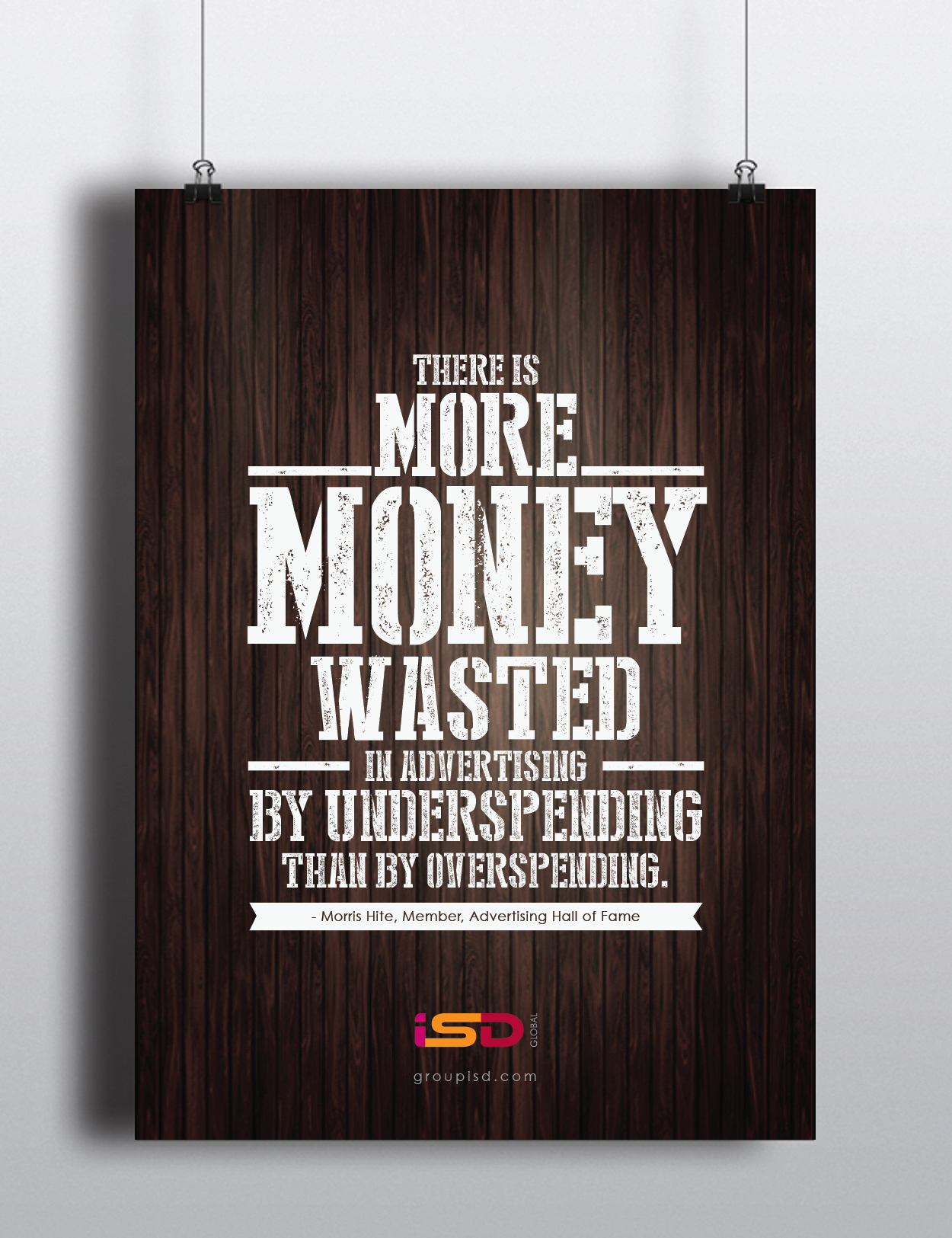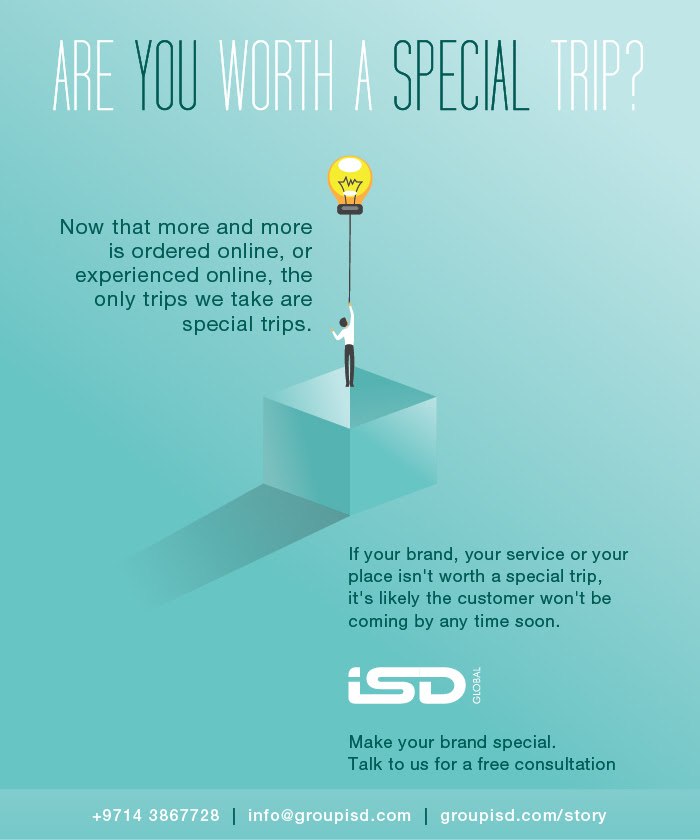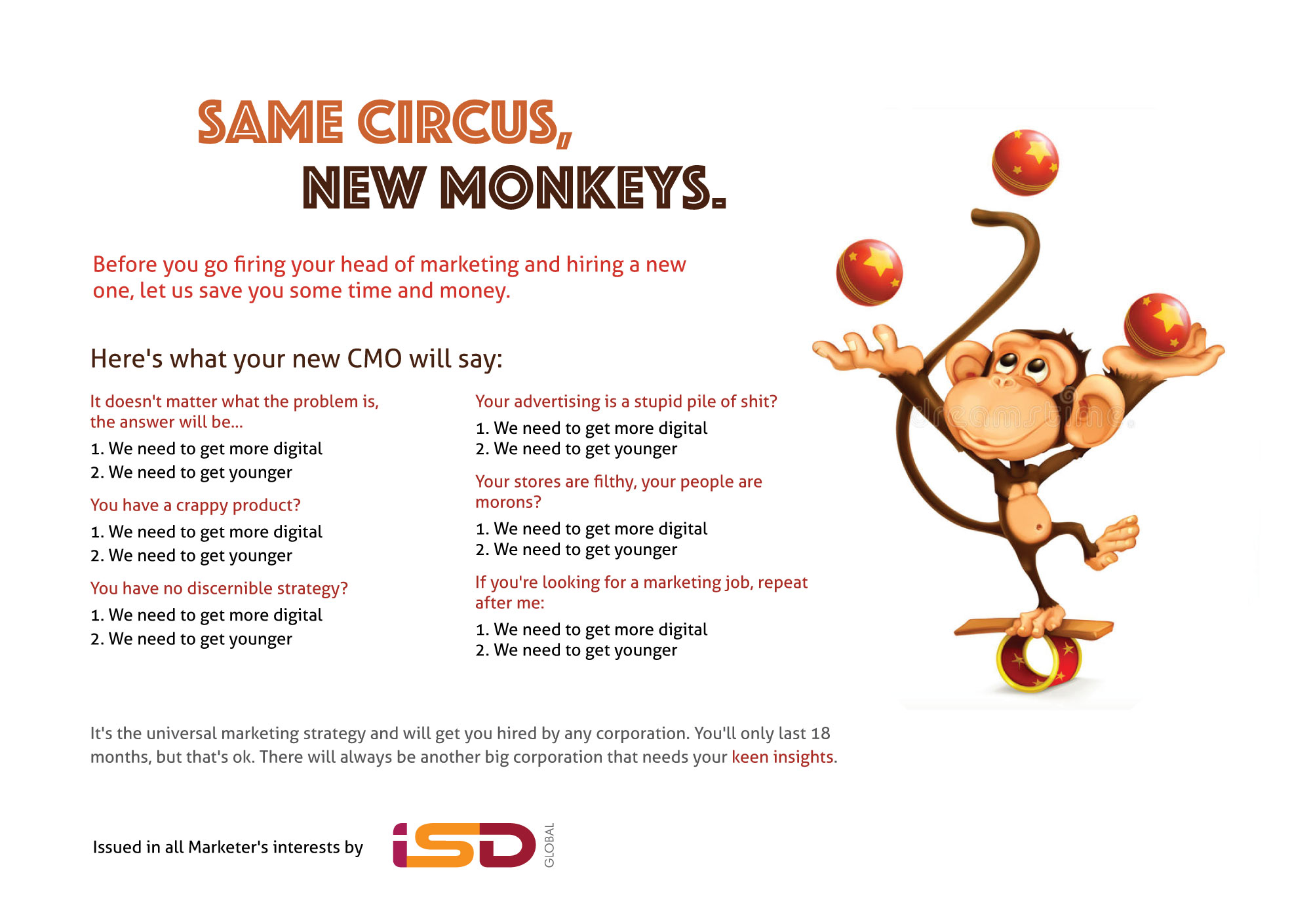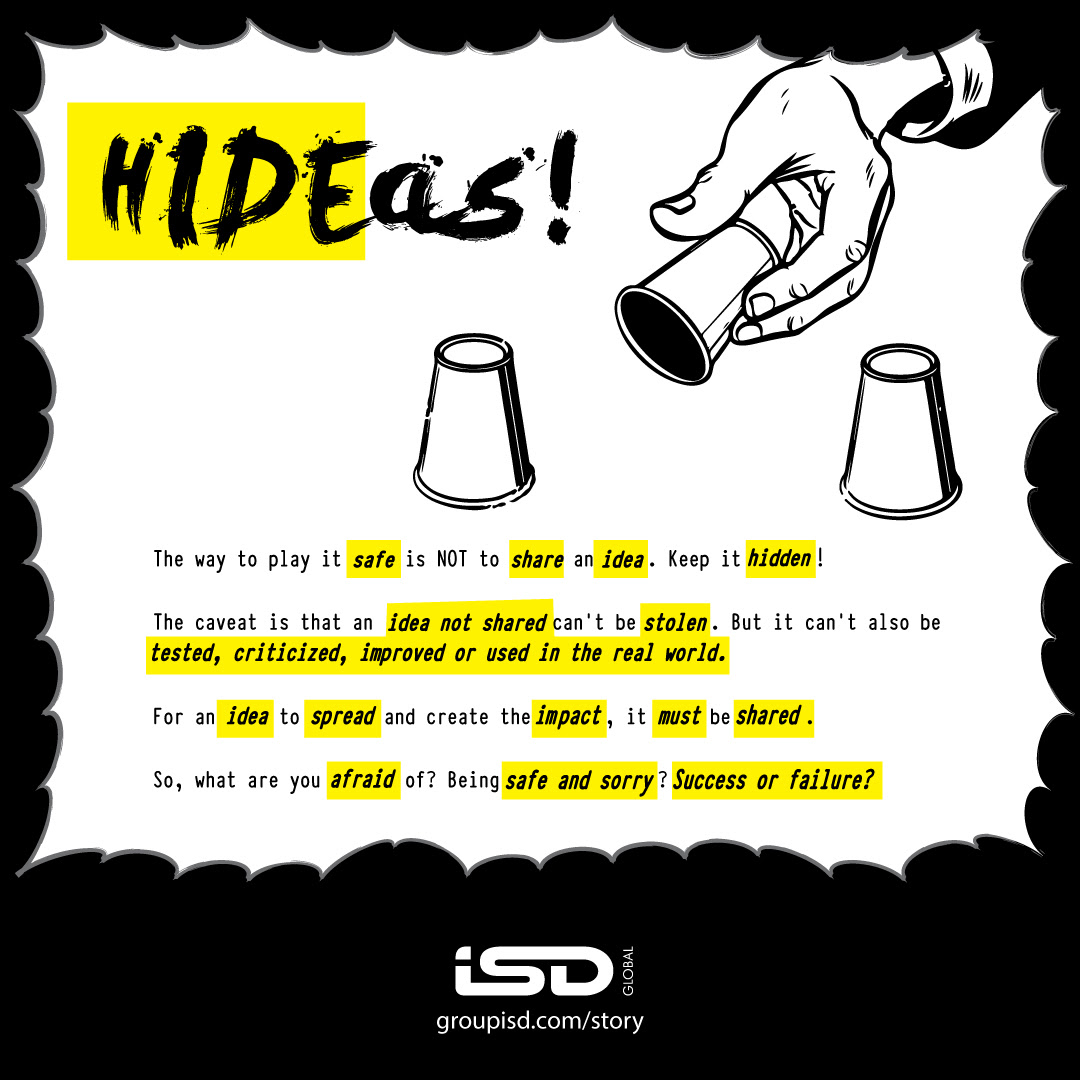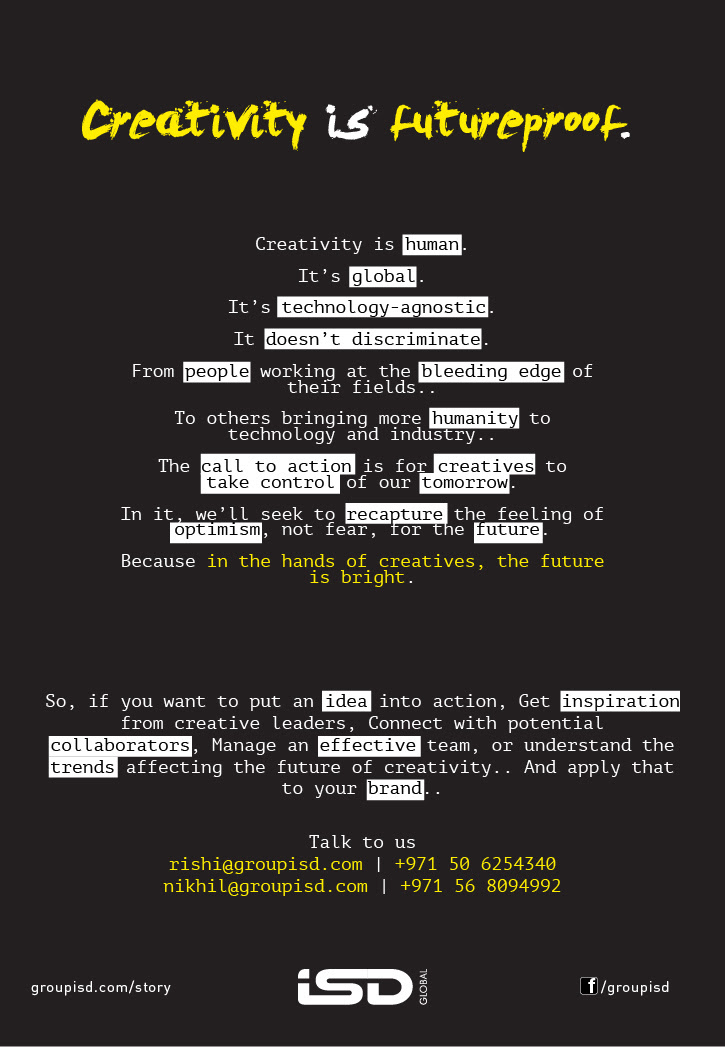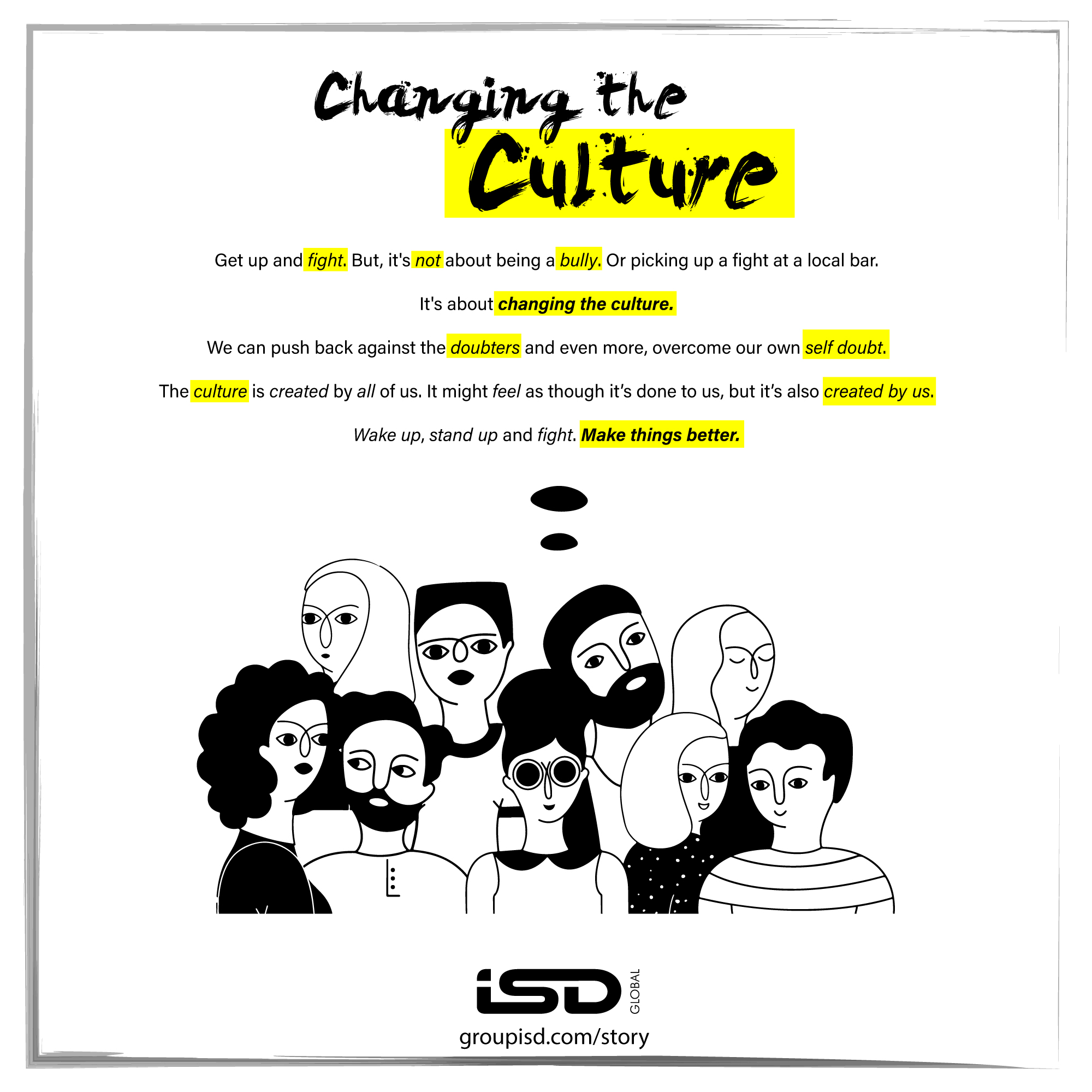As contrary to conventional wisdom and logic as it may seem, physical flaws, it turns out, create an instant appeal to others. We are duped into believing that the pretty, the pristine, the perfect get all the perks, all the glory and and all the breaks. When in reality it is not exactly that at all.
There is a reason why we lean towards the average. Research done by University of Texas scientists hypothesized that individuals with features close to the mean of the population are viewed as less likely to carry genetic mutations and, therefore, we unconsciously see them as being ‘ normal ‘ for our species. Whereas beauty is seen as a deviation from the norm and a genetic defect.
Average as beauty is timeless, universal and appealing. Sorry to disappoint all those with killer looks!
According to Dr Stephen Marquardt, a reconstructive surgeon in Southern California, the ‘ perfect ‘ face isn’t a creation of Hollywood or advertising agencies but is actually based on a simple mathematical formula known as the Golden Ratio. Beauty, it turns out, is not in the eye of the beholder but in a mathematical calculation.
If we were to segue back to the US Presidential elections in 2000 and 2004: Al Gore and John Kerry(both presidential candidates) came across as too-handsome con men against the average-looking George Bush. His comical-looking big ears were a conspicuous flaw often magnified in caricatures. Americans not only felt that Bush would do the right thing, but they also felt a Darwinian-like need to rally behind and protect him- the unattractive(by classical standards) underdog- against the more aristocratic, handsome and intelligent Gore and Kerry.
People who are exceptionally pretty or handsome often think they are entitled to everything and have probably always had people giving them a break, so they just expect it. It is not a big deal for them not to return a favour or renege on a debt. Unattractive people probably have a harder time getting things in life, getting people to do things for them. So, when someone finally gives them a break, they’re more likely to appreciate it and feel a stronger need to prove they are worthy of the kindness.
Carrying on from where we left off on Al Gore, with his largely expanded girth; he is now human in both his appearance and his presentation style. We seem to like Al Gore much better now that he’s not quite so perfect. Gail Sheehy in a New York Times editorial titled ” Flawless, But Never Quite Loved “, said perfection was Al Gore’s Achilles Heel: he lacks glaring flaws, no dark past, no drunken parent or dubious paternity, no private demons, no cheating at Harvard, no bad-boy brother or left-wing wife…how is the poor man to compete in the Politics of Personal Biography!
The quizzical universal appeal of the ‘ ugly ‘ can be best attributed to ET: The Extra Terrestrial( A Steven Spielberg runaway hit) where the wrinkle-faced, hairless, bug-eyed alien waddled into the hearts and minds of millions. The fictional alien with an appearance that Spielberg called ” something that only a mother would love ” was seemingly everywhere in pop culture- from commercials and public service announcements to books and songs.
At a time when when stoic journalists with pretty faces and perfectly sculpted ‘helmet hair’ graced news and talk shows, an over-weight, coif-challenged, African-American woman aka Oprah Winfrey with extra weight, non-conformist hair and folksy style helped her propel to one of the media icons not just in America but around the world.
There is a field of anthropology called ‘ human universals ‘: things that people across cultures find universally appealing or comforting. According to researchers, a preference for physical flaws is one of those human universals. If Oprah were to be thin and runway-model gorgeous when her show first debuted, viewers would not have had an instant and deep connection to her.
When Mickey Mouse first debuted back in 1928, his face and limbs were in proportion to the rest of his body( a symmetrical appearance is considered unappealing to the mass consciousness). But along 1947, just as the famous rodent’s personality was evolving to become more adult and well-mannered- his appearances became more juvenile. Artists at Walt Disney, enlarged his head, exaggerated his ears and also lengthened his pants from above the knee to down to his shoes. Mickey’s evolution has made him more infant like in his appearance and, therefore, more vulnerable. What is vulnerable is lovable.
” Beauty is only skin deep but ugly goes all the way down to the bone“.
When we are having a collective crisis of confidence, we always resort to the comforting allure of the less-than-perfect– whether it is in the form of a leader, a teddy bear, Mickey Mouse or an Oprah.
Our distrust for perfection or things that come too easily continues to permeate our manufacturing systems too. We have the sophisticated technology to produce products with zero defects but our primal, anthropoligical and biological conditioning prevent us from buying into them. Perfection, after all, is the domain of those who oppress.
According to Carleton Coon, a Harvard educated physical anthropologist said ” problem-solving by trial and error ” is one quality all cultures have in common. Because humans historically have had to make several tries to get something right, it ‘ feels right ‘ when there are initial failures.
So, conspicuous imperfections anyone?
